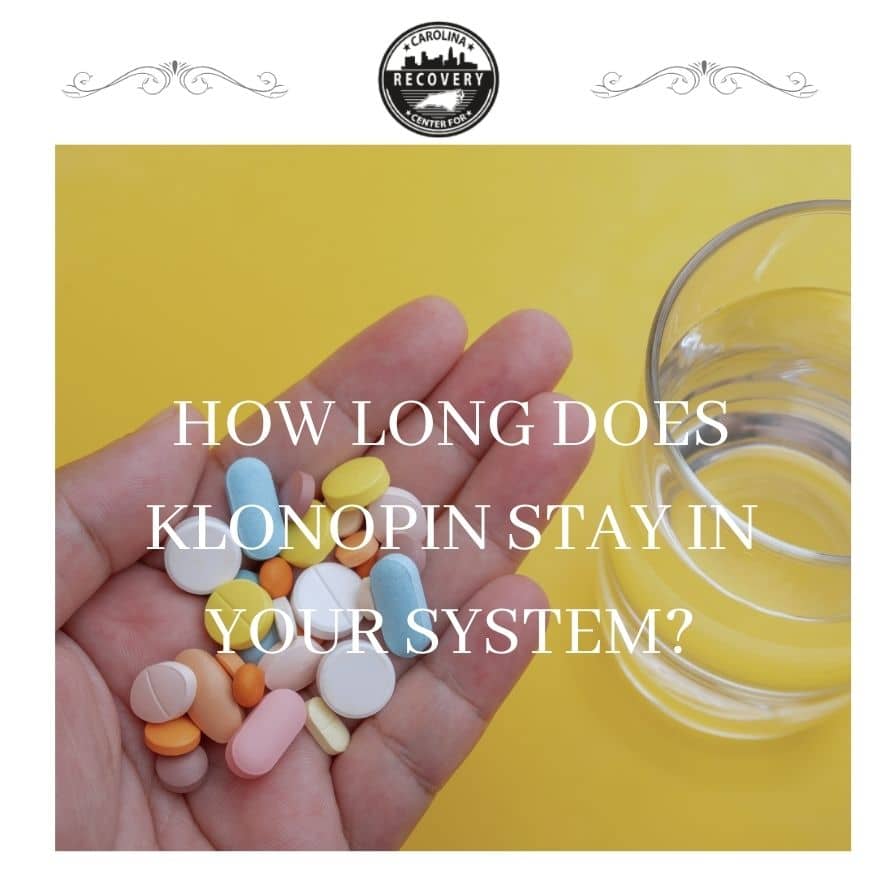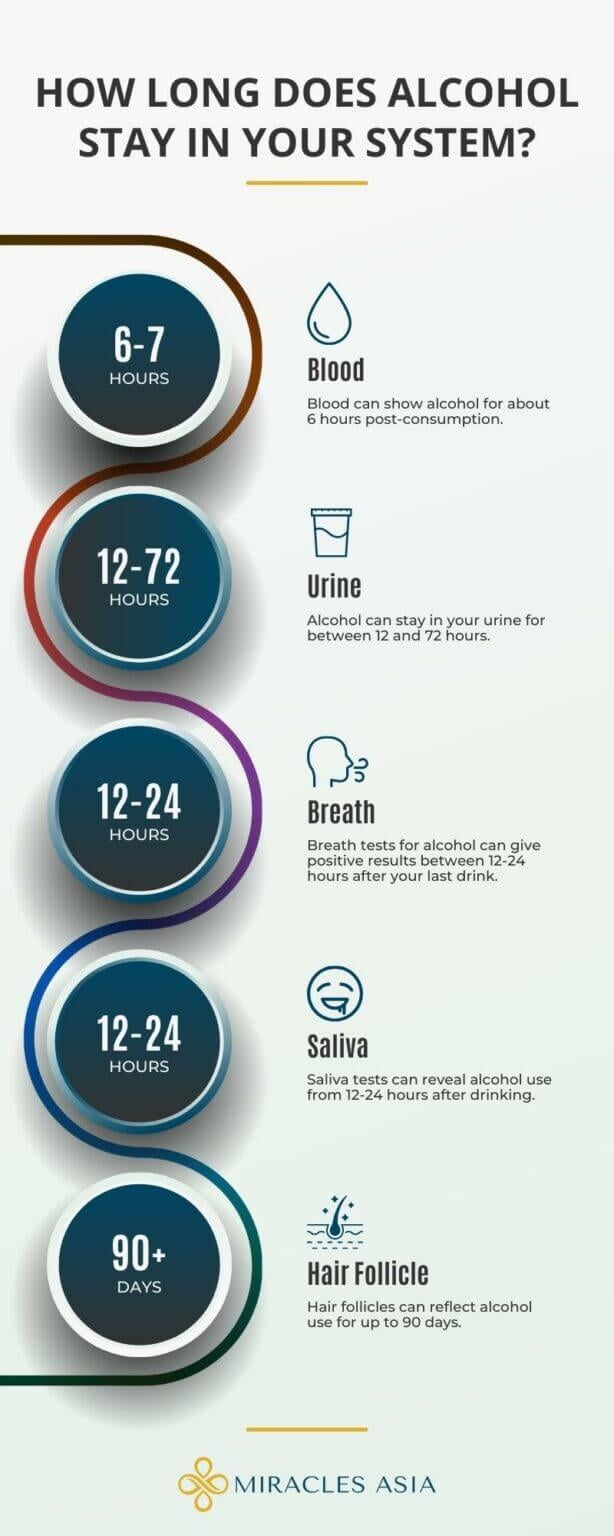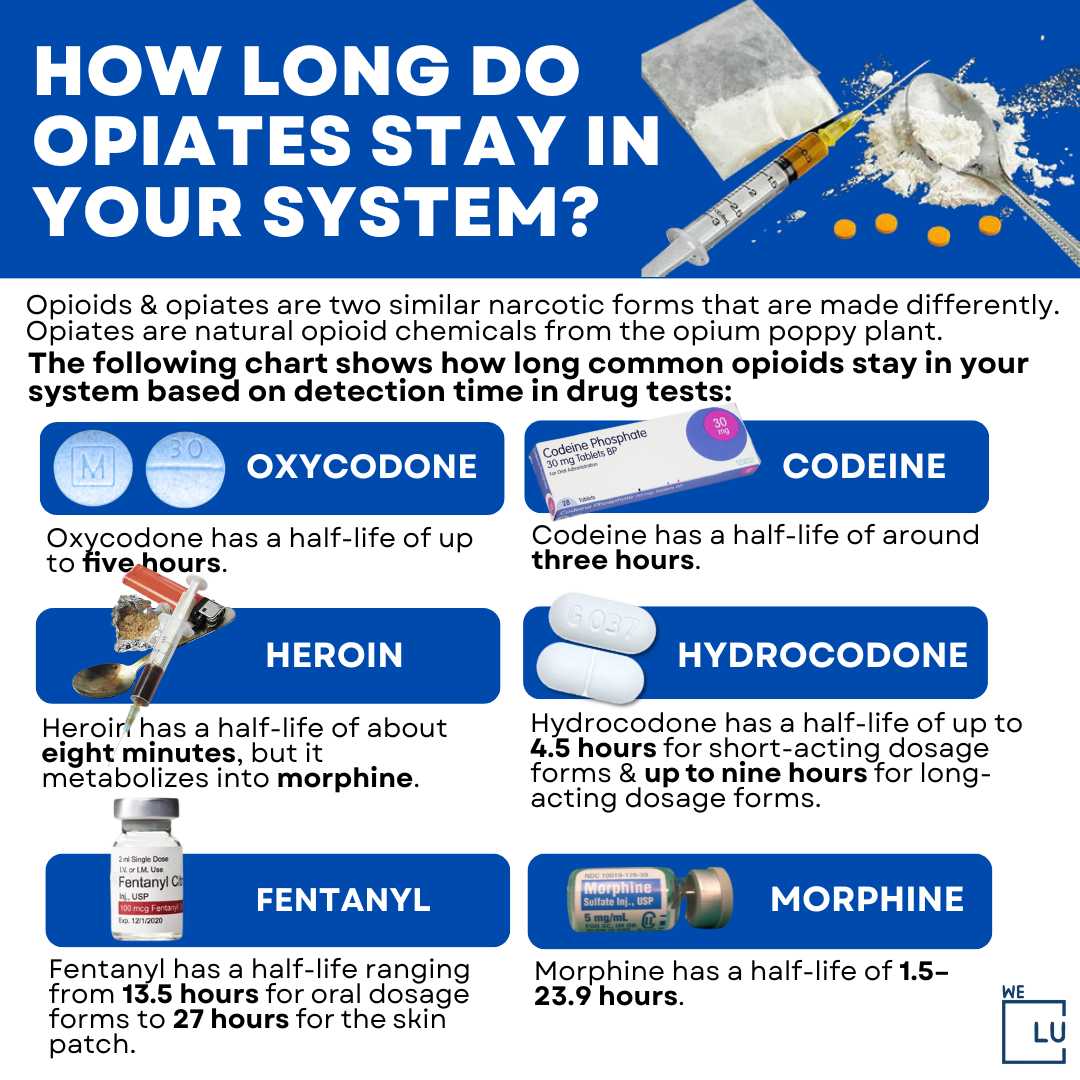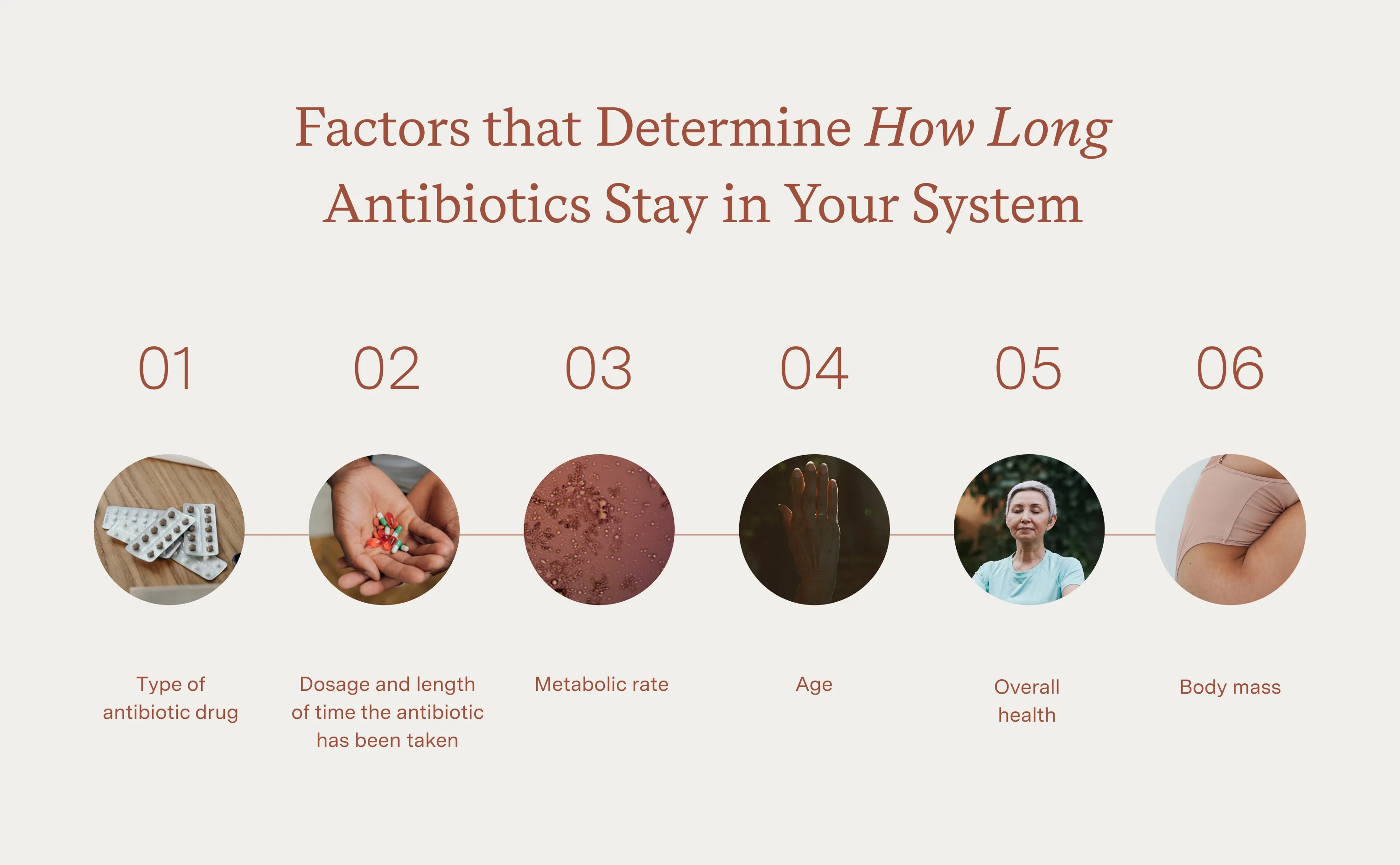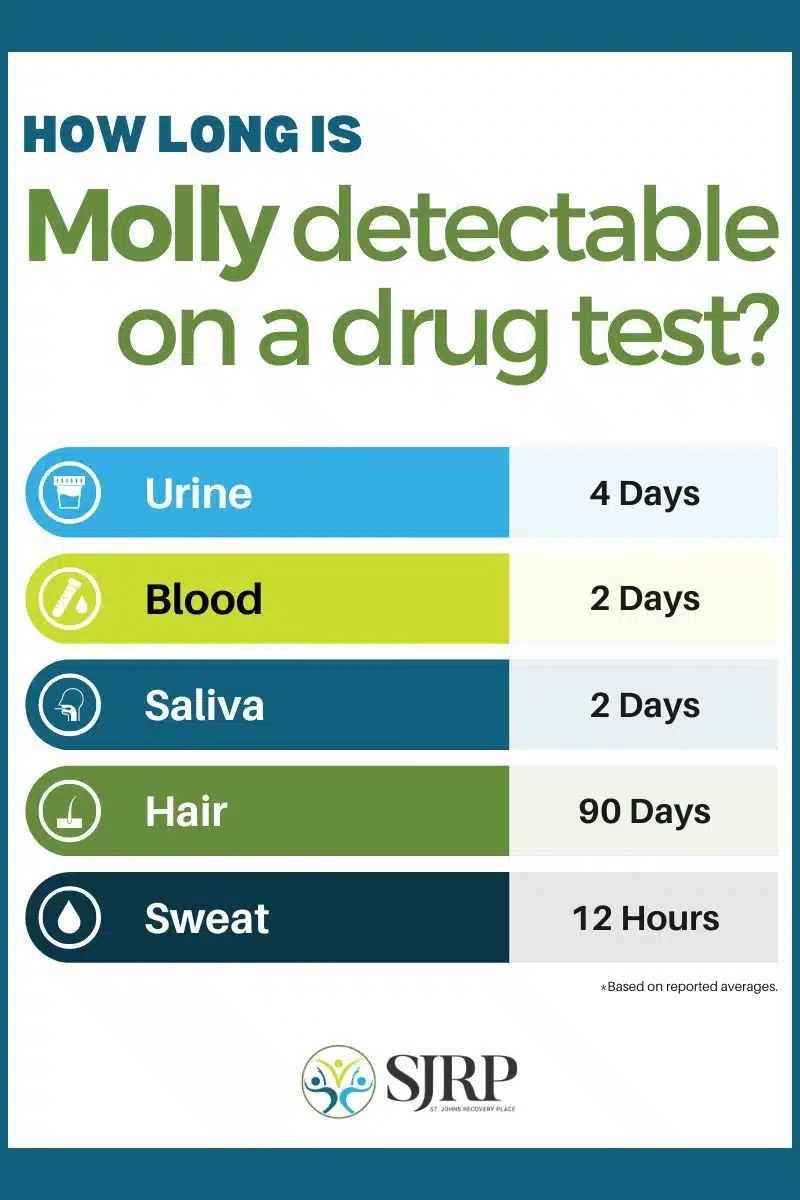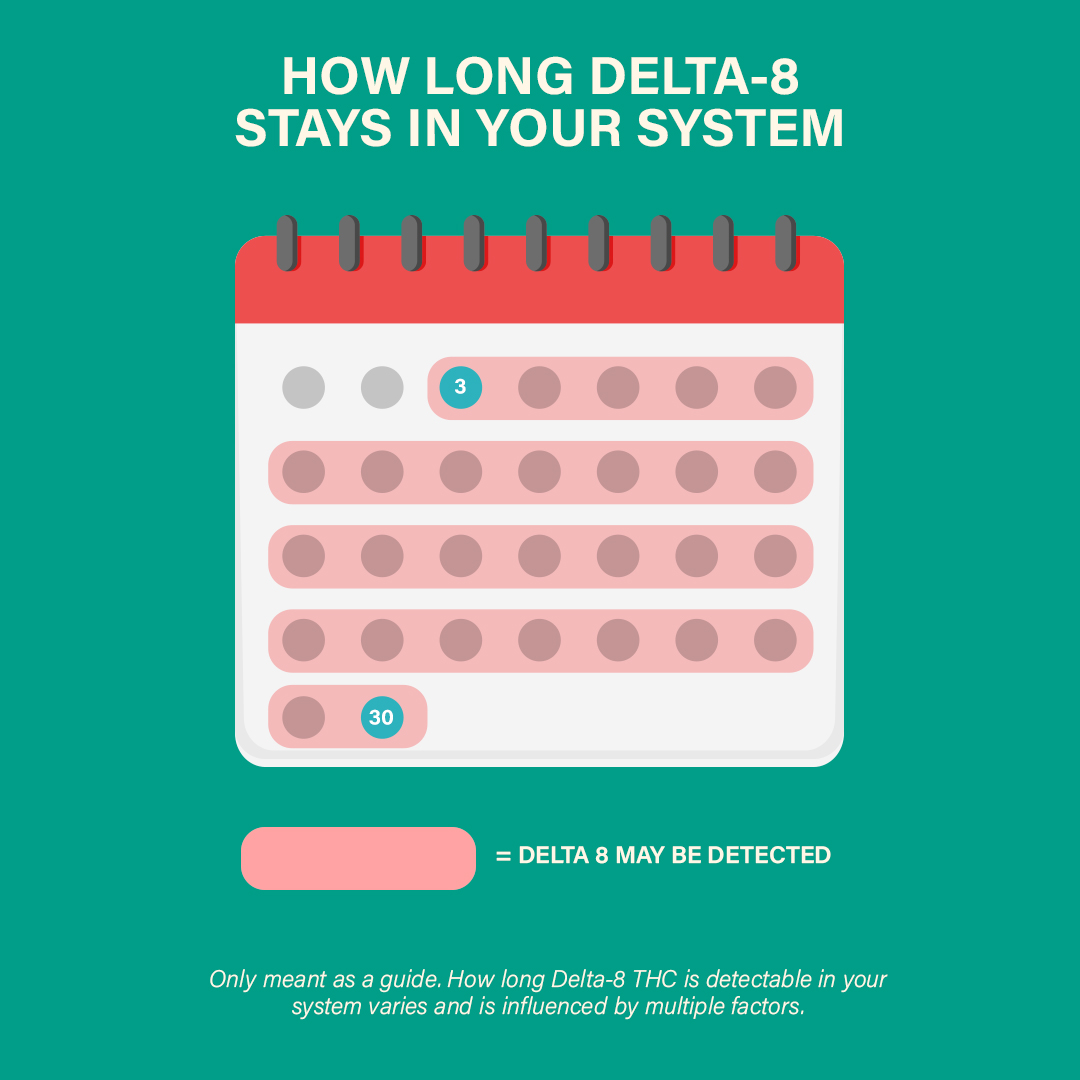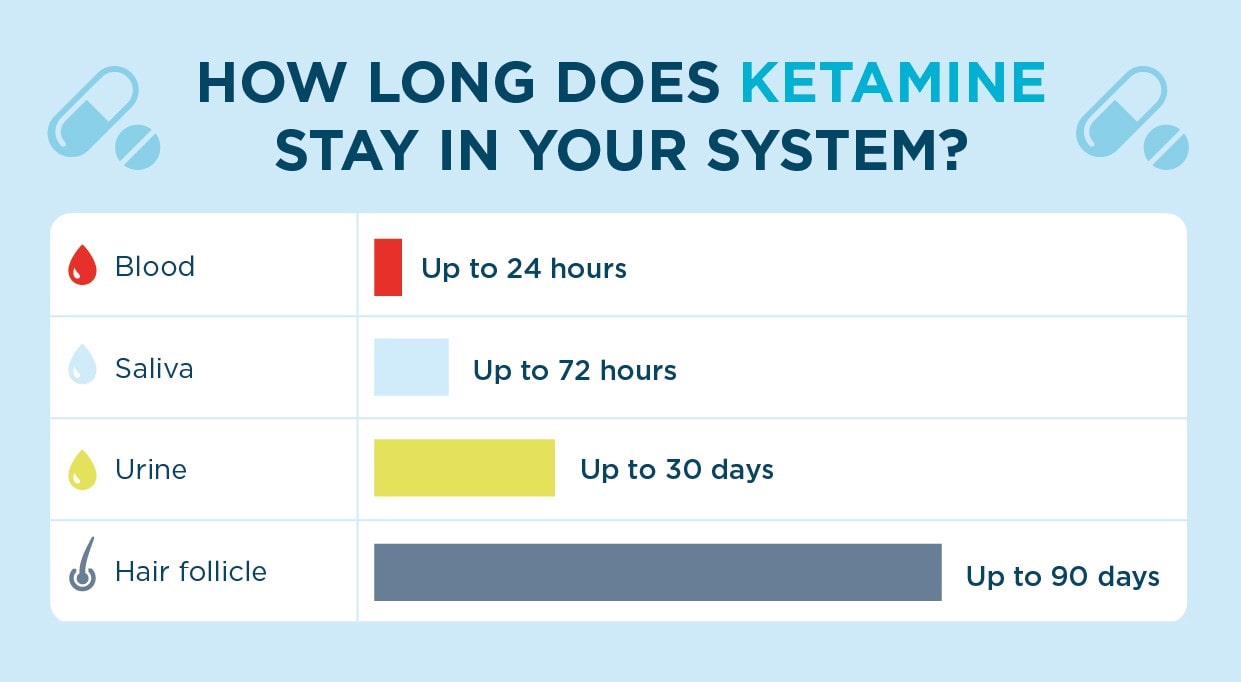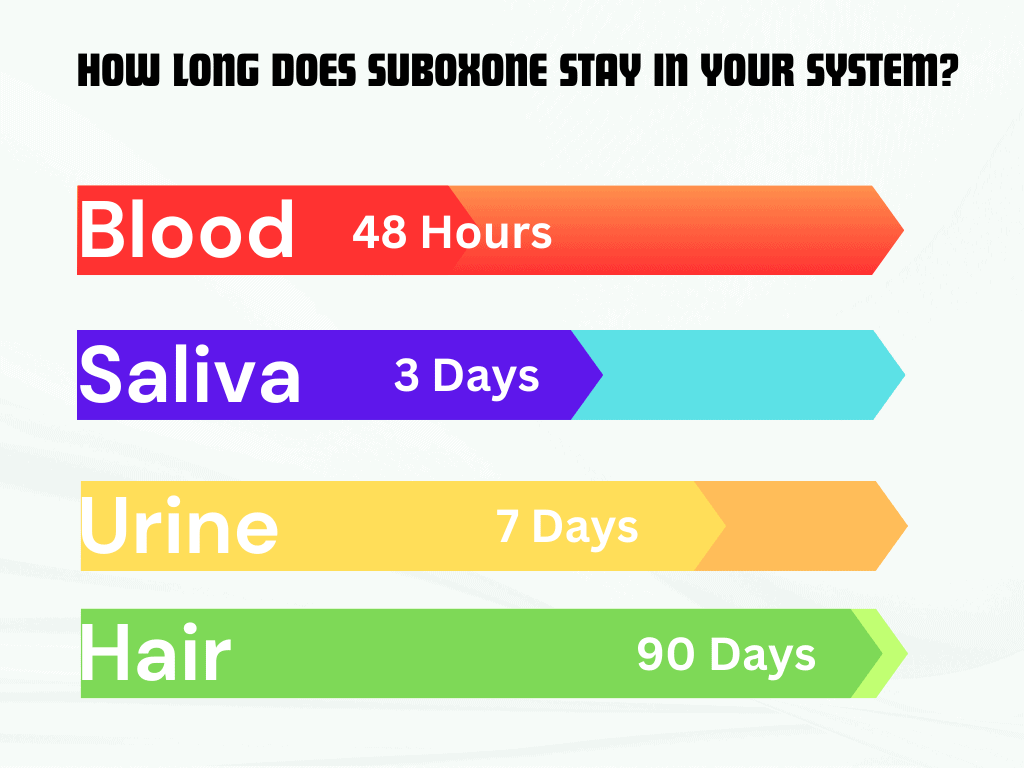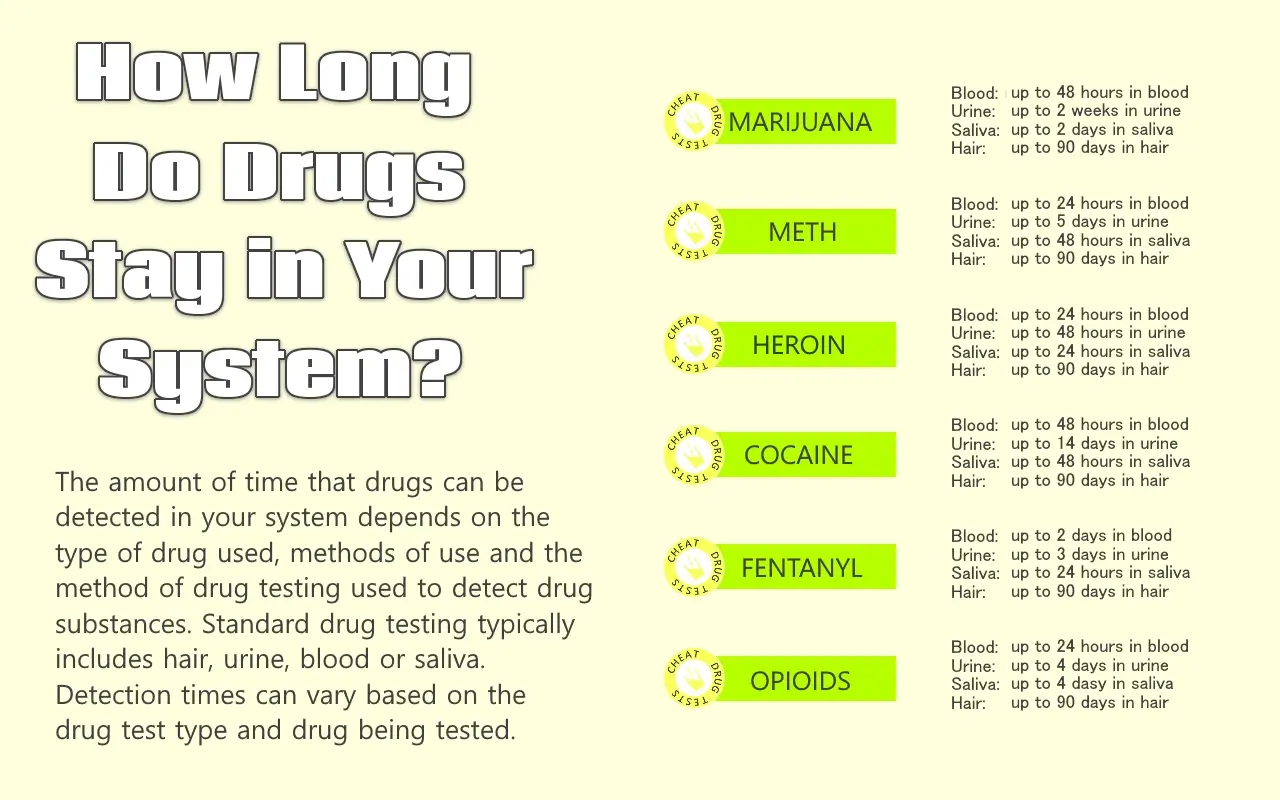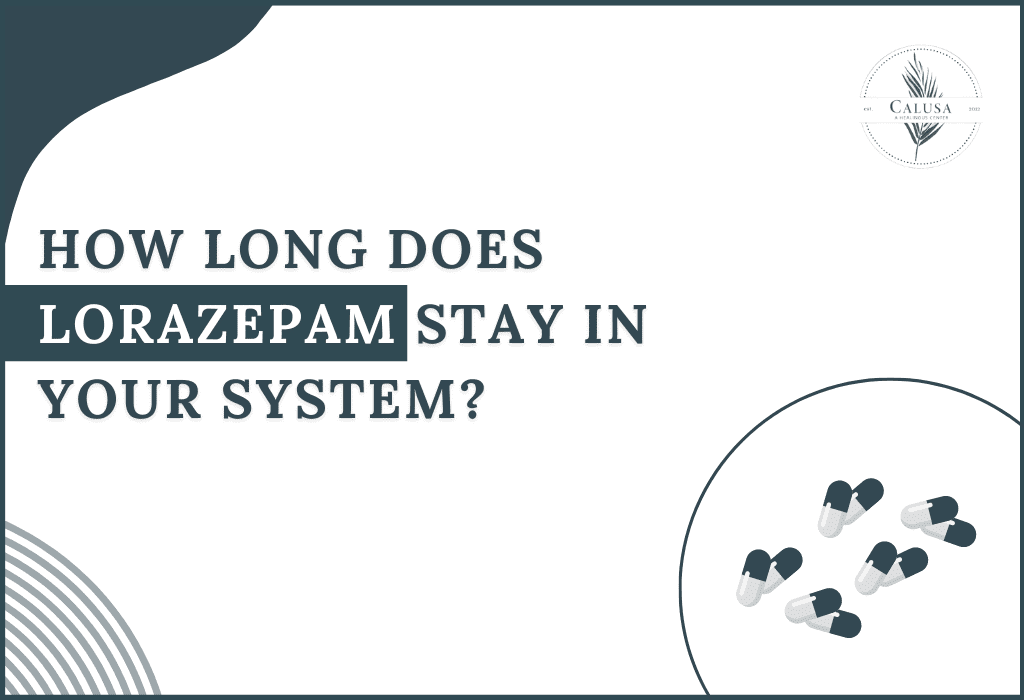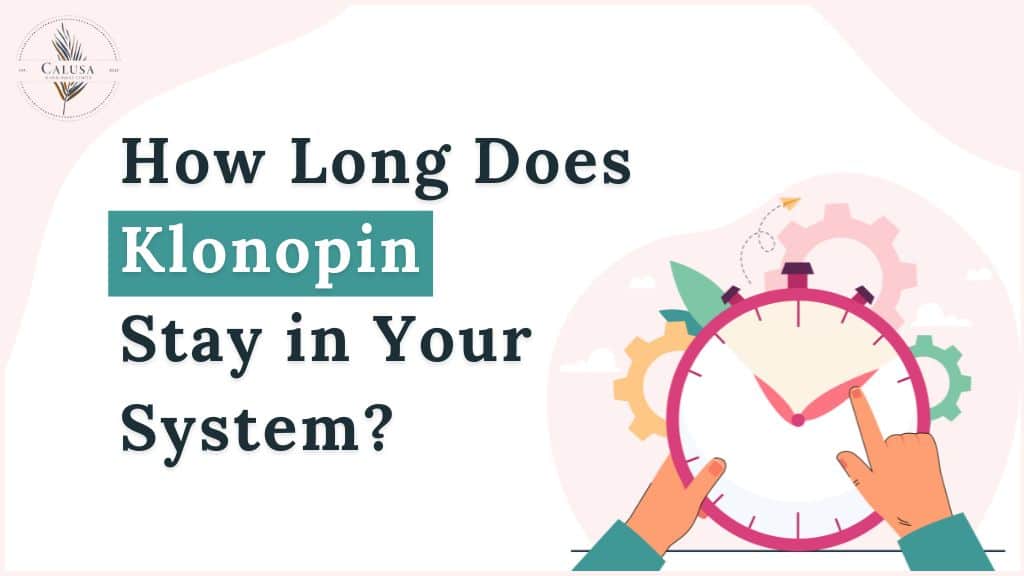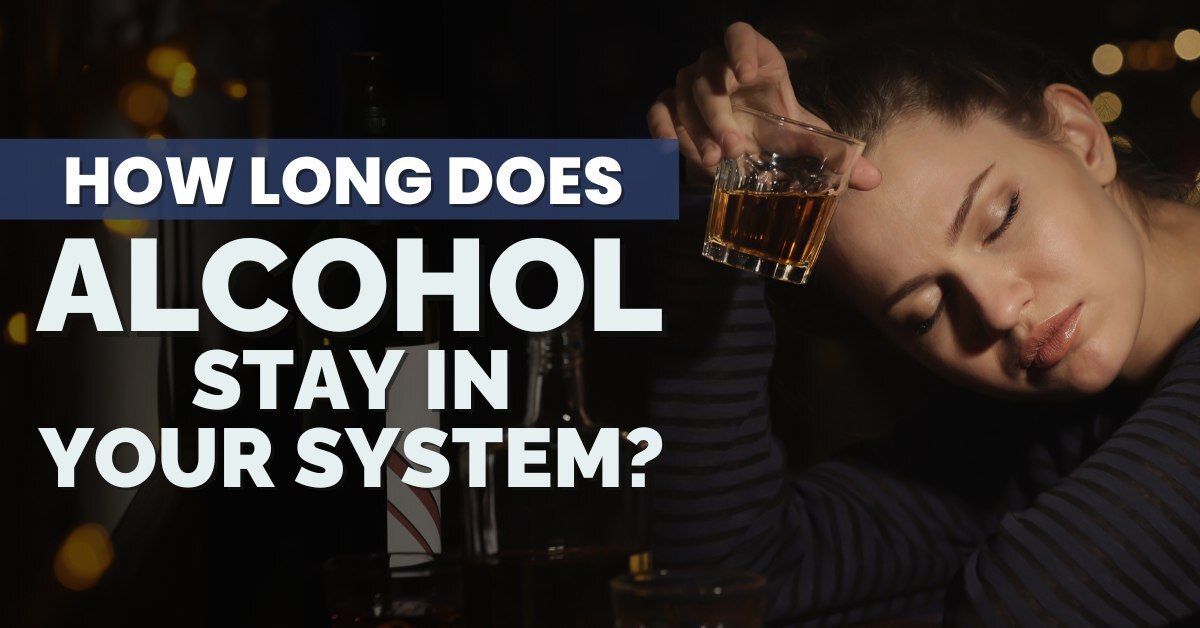How Long Does Equipoise Stay In Your System
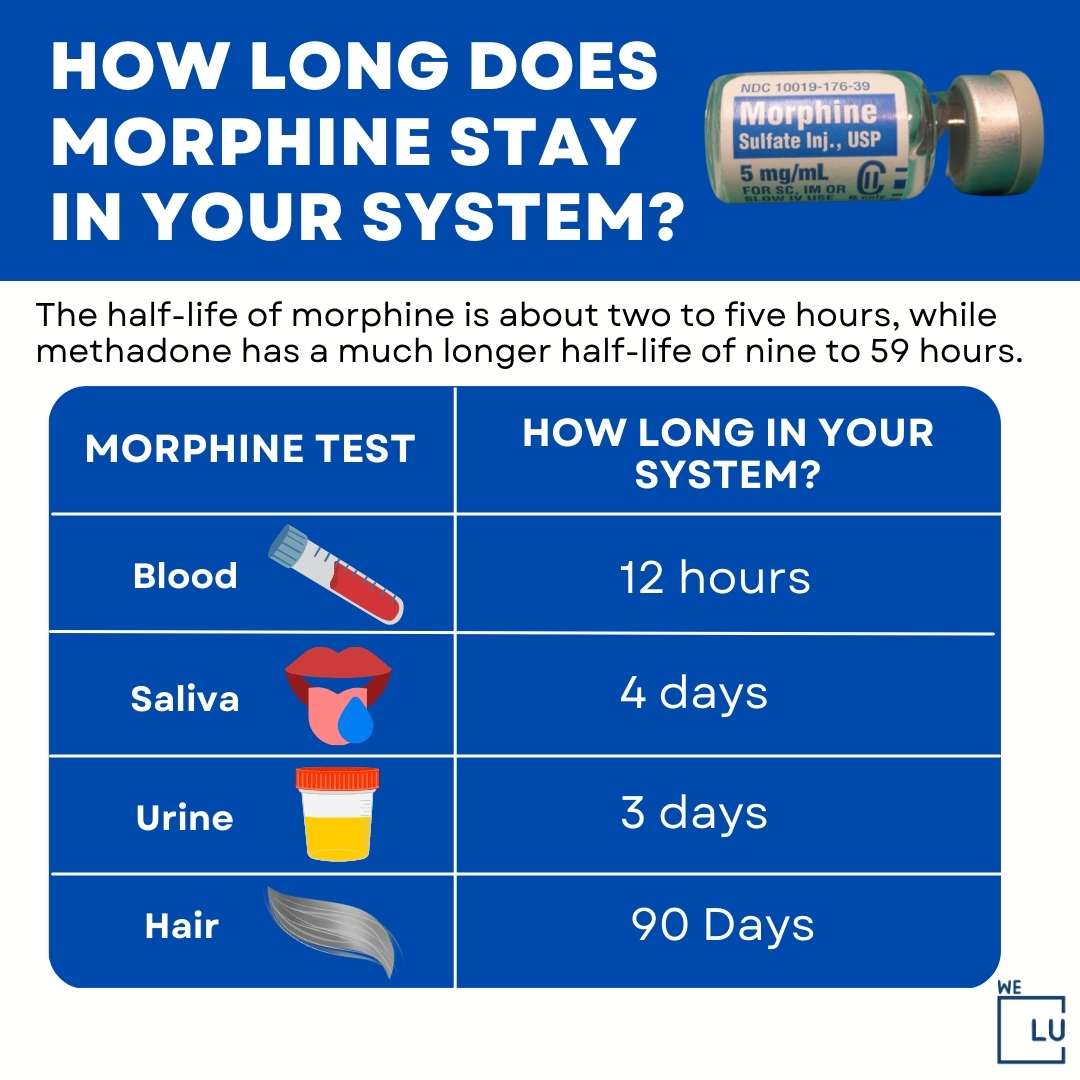
The use of anabolic-androgenic steroids (AAS) is a topic often shrouded in misinformation, particularly when it comes to their detection windows. Among the various AAS, Boldenone Undecylenate, commonly known as Equipoise, is frequently discussed within athletic and bodybuilding circles.
Understanding how long Equipoise remains detectable in the body is crucial for athletes subject to drug testing, individuals considering its use, and healthcare professionals seeking to assess potential health risks associated with AAS.
What is Equipoise?
Equipoise, initially developed for veterinary use, is an AAS derived from testosterone. It is known for its anabolic properties, meaning it promotes muscle growth, and its relatively low androgenic effects compared to some other steroids.
Despite its veterinary origins, Equipoise has been used by bodybuilders and athletes to enhance performance and improve physical appearance. However, its use is often banned in competitive sports due to its performance-enhancing capabilities.
Detection Window: The Key Question
The detection window for Equipoise is a significant concern for anyone subject to drug testing. This refers to the period after the last administration of the substance during which it can be detected in the body through various testing methods.
Factors influencing the detection window include the dosage used, the frequency of administration, individual metabolism, and the type of test performed. Understanding these variables is essential for accurately predicting detection times.
Metabolism and Excretion
Equipoise undergoes metabolic processes in the body, primarily in the liver. The resulting metabolites are then excreted through urine and feces.
The long ester chain attached to the Boldenone molecule, specifically the undecylenate ester, significantly prolongs its release into the bloodstream. This extended release also influences its detection window.
Testing Methods
Drug testing for Equipoise typically involves analyzing urine samples, although blood tests can also be used. The sensitivity of the testing method plays a critical role in determining the detection window.
More sophisticated testing methods, such as gas chromatography-mass spectrometry (GC-MS), can detect even trace amounts of the drug and its metabolites. This advanced technology extends the detection window compared to less sensitive methods.
How Long Does Equipoise Stay Detectable?
The detection window for Equipoise is considerably long compared to some other AAS. Estimates suggest that Equipoise can be detected in urine for up to 5 months, and in some cases, even longer.
This extended detection window is primarily due to the long undecylenate ester and the slow release of Boldenone into the system. Some sources cite detection times ranging from 12 to 18 months, but these are less common and likely associated with high dosages and individual variations.
Factors Affecting Detection Time
Several factors can influence how long Equipoise remains detectable. These include:
- Dosage: Higher dosages will generally result in longer detection times.
- Frequency of Use: Frequent use of Equipoise can lead to a buildup of the drug and its metabolites in the body, extending the detection window.
- Individual Metabolism: Individuals with faster metabolic rates may eliminate the drug more quickly, while those with slower metabolic rates may retain it for longer.
- Body Composition: Body fat percentage can influence the storage and release of Equipoise, potentially affecting the detection window.
Implications and Considerations
The prolonged detection window of Equipoise has significant implications for athletes and individuals subject to drug testing. Accidental or uninformed use can result in positive test results long after the substance has been discontinued.
Athletes should be aware of the potential consequences of using Equipoise and should carefully consider the risks before doing so. Furthermore, it’s important to consult with healthcare professionals regarding the potential health effects associated with AAS use.
Conclusion
Equipoise is a potent AAS with a long detection window that can extend for several months. This extended detection time makes it particularly risky for athletes subject to drug testing.
Understanding the factors influencing the detection window, such as dosage, frequency of use, and individual metabolism, is crucial for making informed decisions regarding the use of Equipoise and mitigating the risk of positive drug test results. Always consult with a qualified medical professional before considering the use of any AAS, including Equipoise.
